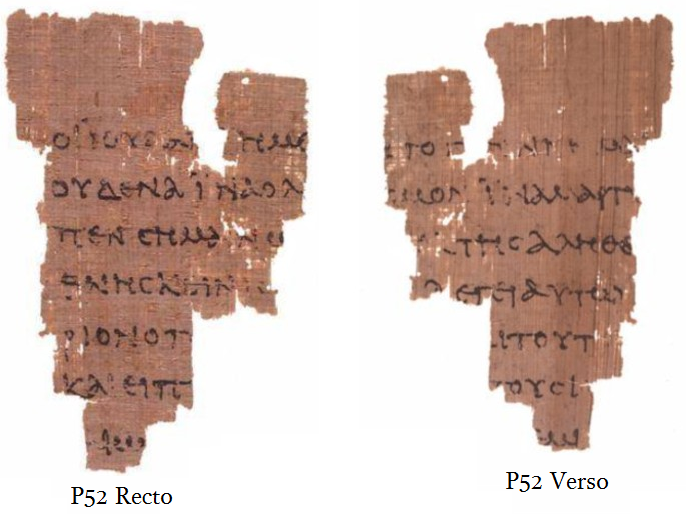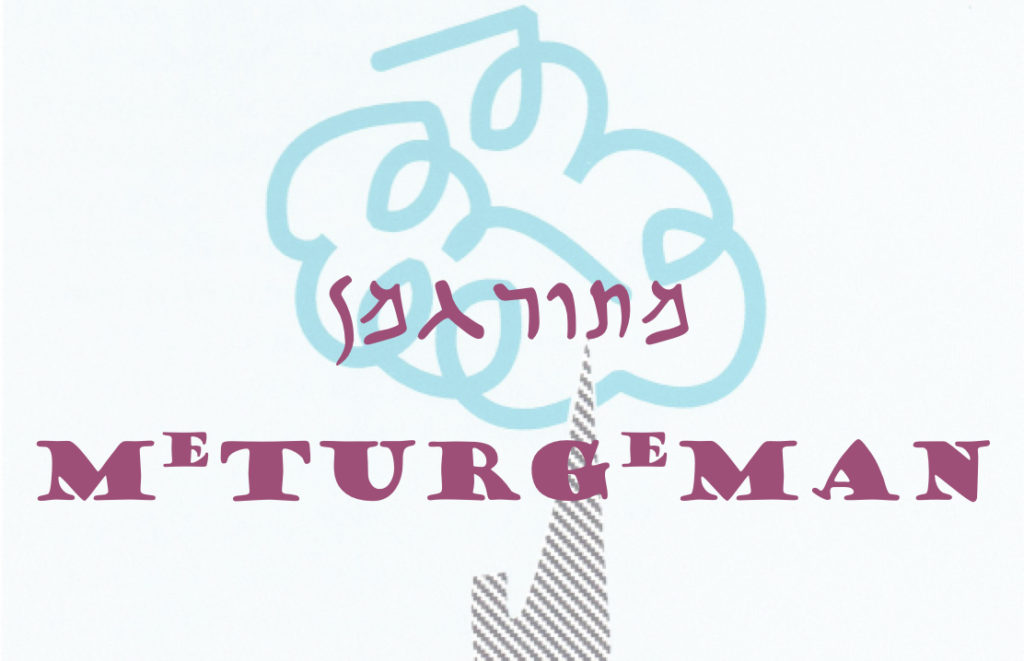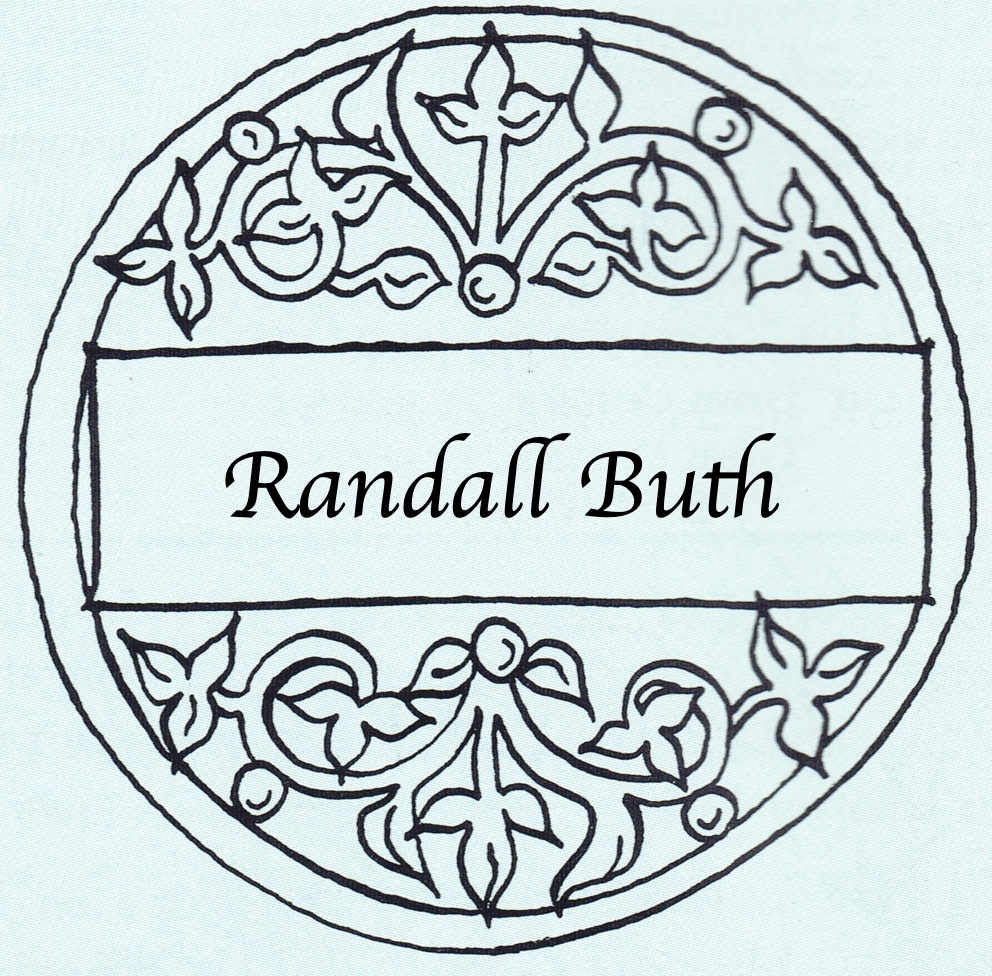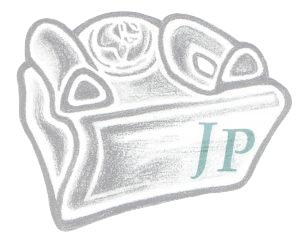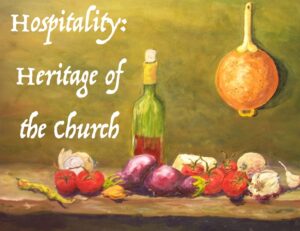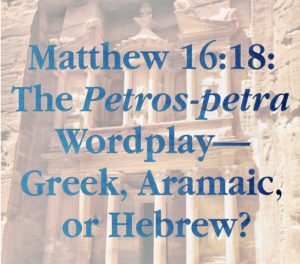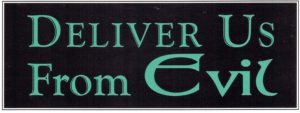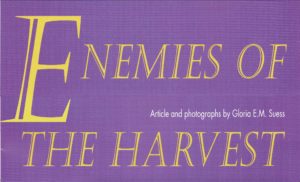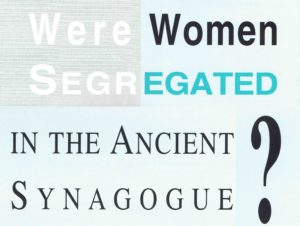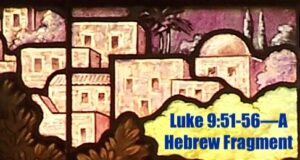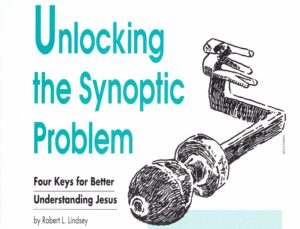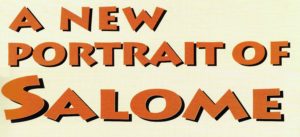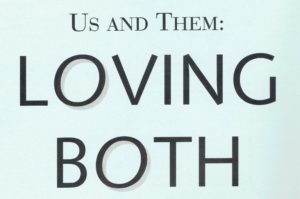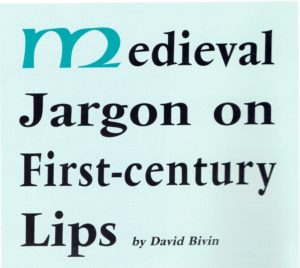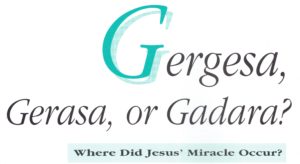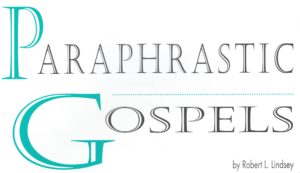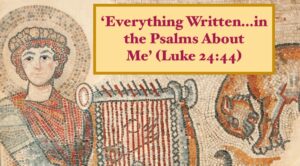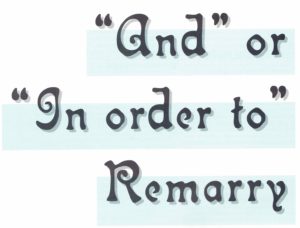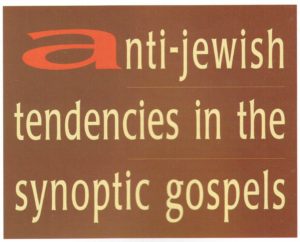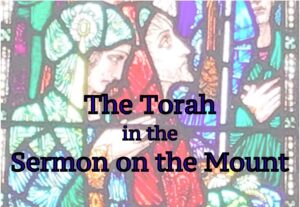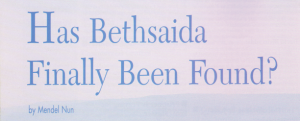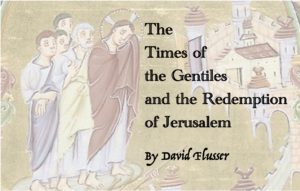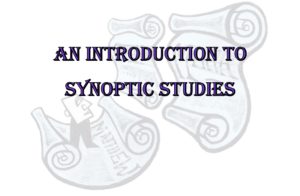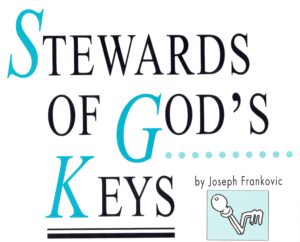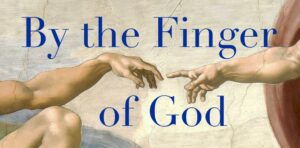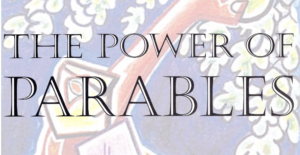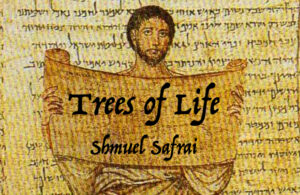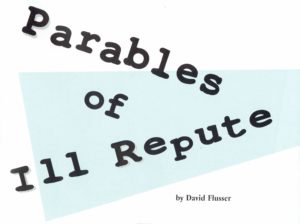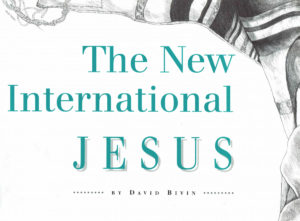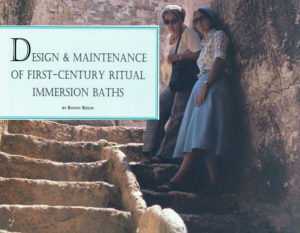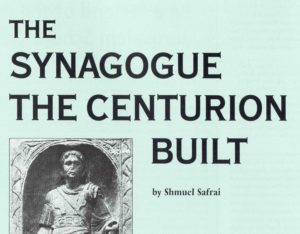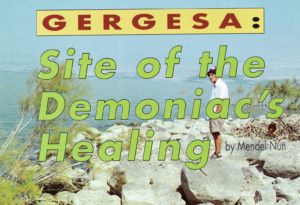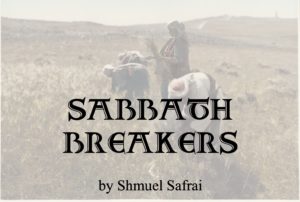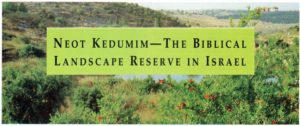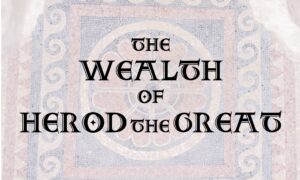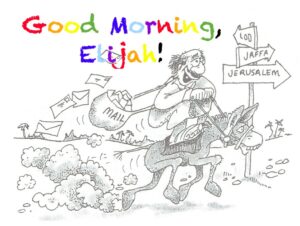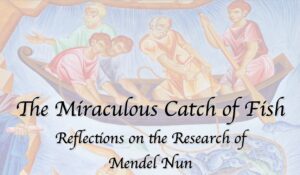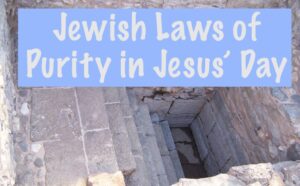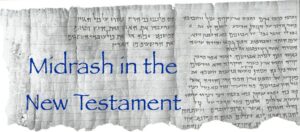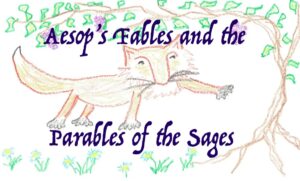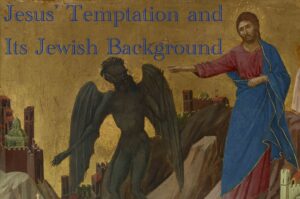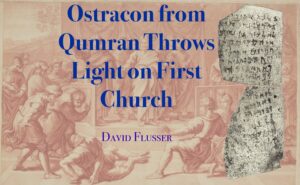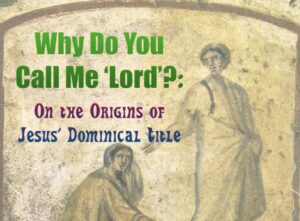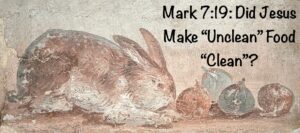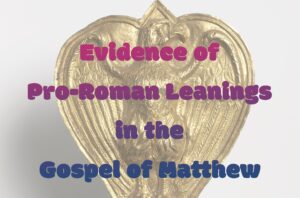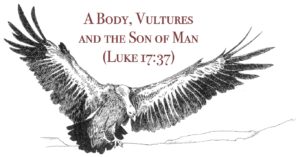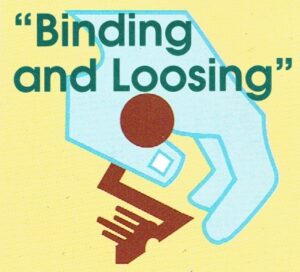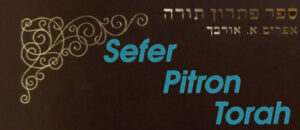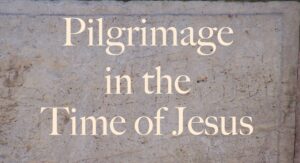מְתֻרְגְּמָן (me⋅tur⋅ge⋅MĀN) is Hebrew for “translator.” The articles in this series illustrate how a knowledge of the Gospels’ Semitic background can provide a deeper understanding of Jesus’ words and influence the translation process. For more articles in this series, click here.
The viewpoint of scholars toward the Gospel of John has changed considerably during the last generation. (See “Scholarly Attitudes to John” below.) Thanks to several recent discoveries, we are now able to appreciate a number of literary allusions in the Gospel’s introductory verses (1:1-18) that had previously escaped attention. We will discuss the background of a few of these allusions, and then consider some implications for translation.
Light from the Targums
In the synagogue, the targum (Aramaic translation of the Bible) was provided along with the Hebrew Scripture readings. By means of the targum, rabbinic interpretations of Scripture could be introduced without altering in any way the text of the Hebrew original. The tradition of an Aramaic translation may go back to the Persian era (539-332 B.C.) when Aramaic was the official language of government. In the first century it still provided help for those from outside the land of Israel who may not have known Hebrew well. The targums were transmitted orally at first and only written down in the second to seventh centuries A.D. The Qumran manuscripts and early rabbinic literature give evidence that some targums were written at an earlier date.[1]
A complete manuscript of a “Palestinian Targum” was found in the Vatican library in Rome in 1956. This discovery, while much less famous than the discovery of the Dead Sea Scrolls, has provided important insight into a number of Jewish allusions in John 1:1-18.
Paid Content
Premium Members and Friends of JP must be logged in to access this content: Login
If you do not have a paid subscription, please consider registering as a Premium Member starting at $10/month (paid monthly) or only $5/month (paid annually): Register
One Time Purchase Rather Than Membership
Rather than purchasing a membership subscription, you may purchase access to this single page for $1.99 USD. To purchase access we strongly encourage users to first register for a free account with JP (Register), which will make the process of accessing your purchase much simpler. Once you have registered you may login and purchase access to this page at this link:
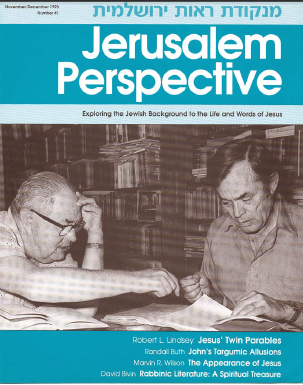
- [1] Compare, for example, the Qumran Targum to Job (early first century A.D.) and Tosefta, Shabbat 13:2. ↩

